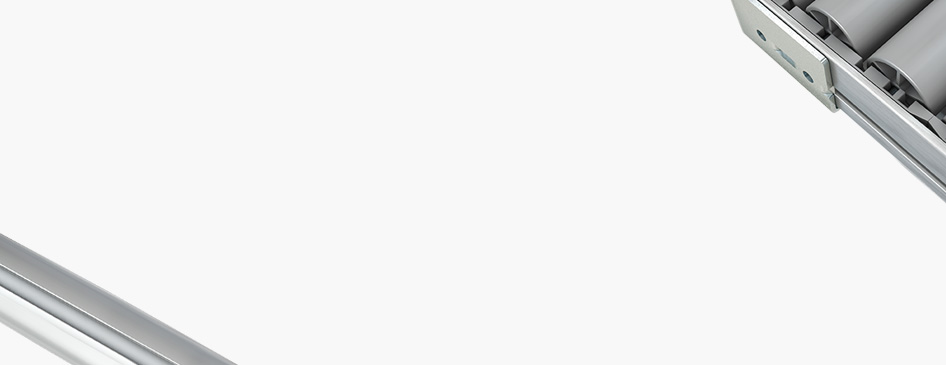
一种定义
四种语言
0,1,2
- 德國
- 英語
- 中國
- 西班牙語
波纹度(工程表面)
波纹度是一种工程表面上的表面偏差。它是工件的真实形状与标称形状之间的周期性偏差。
如果偏差的平均波长和波形的总高度之间最大比例为 1000:1 到 100:1 之间,则存在表面波纹度。
当工件没有被夹在机床的中心,就会产生波纹度。如果铣刀的形状和位置不理想或机床受到振动,在铣削过程也会产生波纹度。
测量波纹度的方法之一是散射光法,这种方法是根据投射在表面上光束的反射进行测量和数据计算。
Welligkeit (technische Oberflächen)
Welligkeit bei technischen Oberflächen gehört zu den Gestaltabweichungen. Sie tritt als periodische Abweichung der Ist- zur Sollform eines Werkstückes auf.
Eine Oberfläche weist dann eine Welligkeit auf, wenn die Abweichungen ein maximales Verhältnis von 1.000:1 bis 100:1 von der mittleren Wellenlänge der Abweichungen zur Gesamthöhe des Welligkeitsprofils aufweisen.
Verursacht wird Welligkeit unter anderem von einer nicht mittigen Einspannung des Werkstückes im Werkzeug. Bei Fräsen können Welligkeiten auftreten, weil der Fräser in Form und Lage von seiner Idealposition abweicht oder weil das Werkzeug beziehungsweise die Maschine Schwingungen aufweist.
Welligkeiten können unter anderem mit dem Streulichtverfahren gemessen werden, bei dem die Reflexion von auf die Oberfläche projizierten Lichtbündeln gemessen und statistisch ausgewertet wird.
Waviness (engineering surfaces)
Waviness is a type of Surface deviation in the context of engineering surfaces. It takes the form of a periodic deviation between the actual and nominal shape of a workpiece.
Surface waviness is present if the deviations have a maximum ratio of 1000:1 to 100:1 between the mean wavelength of the deviations and the total height of the waviness profile.
Waviness can be caused, amongst other things, by the workpiece not being clamped centrally in the tool. Milling can also result in waviness if the shape or position of the milling cutter is not ideal or the tool/machine is subject to vibrations.
One way of measuring waviness is the scattered light method, which involves measurement and statistical evaluation of the reflection of light beams projected onto the surface.
Ondulación (superficies de ingeniería)
La ondulación es un tipo de desviación de superficie en el contexto de superficies de ingeniería. Toma la forma de una desviación periódica entre la forma real y la nominal de una pieza de trabajo.
Existe una ondulación en una superficie si las desviaciones tienen una relación máxima de 1000:1 a 100:1, entre la longitud de onda media de las desviaciones y la altura total del perfil de ondulación.
La ondulación puede ser causada, entre otras cosas, por piezas de trabajo que no son sujetadas de manera central en la herramienta. El fresado también puede resultar en ondulación si la forma o posición de la fresadora no es la ideal o la herramienta/máquina está sujeta a vibraciones.
Una forma de medir la ondulación es el método de luz dispersa, el cual involucra la medición y evaluación estadística de la reflexión de los haces de luz proyectados sobre la superficie.
